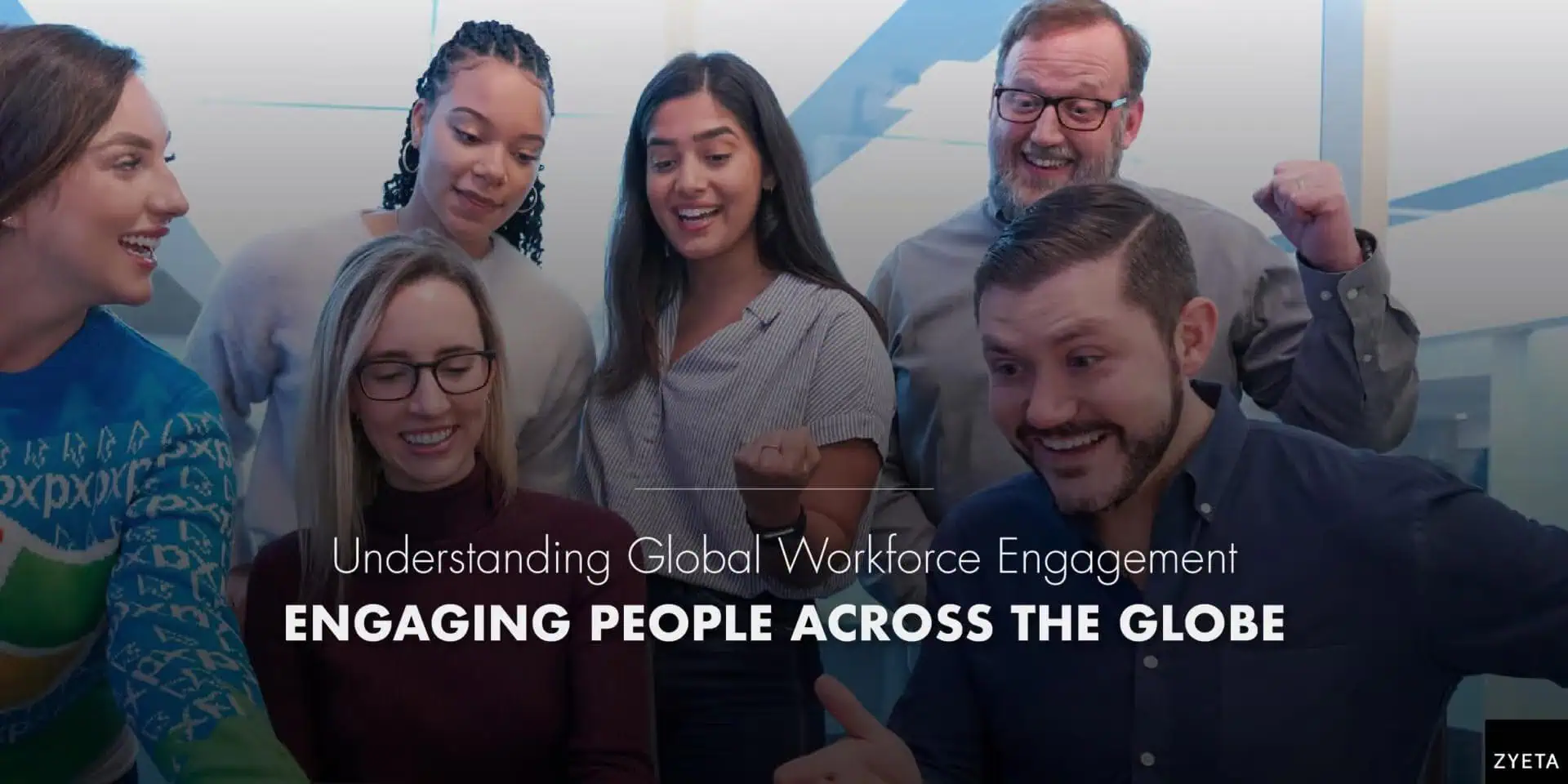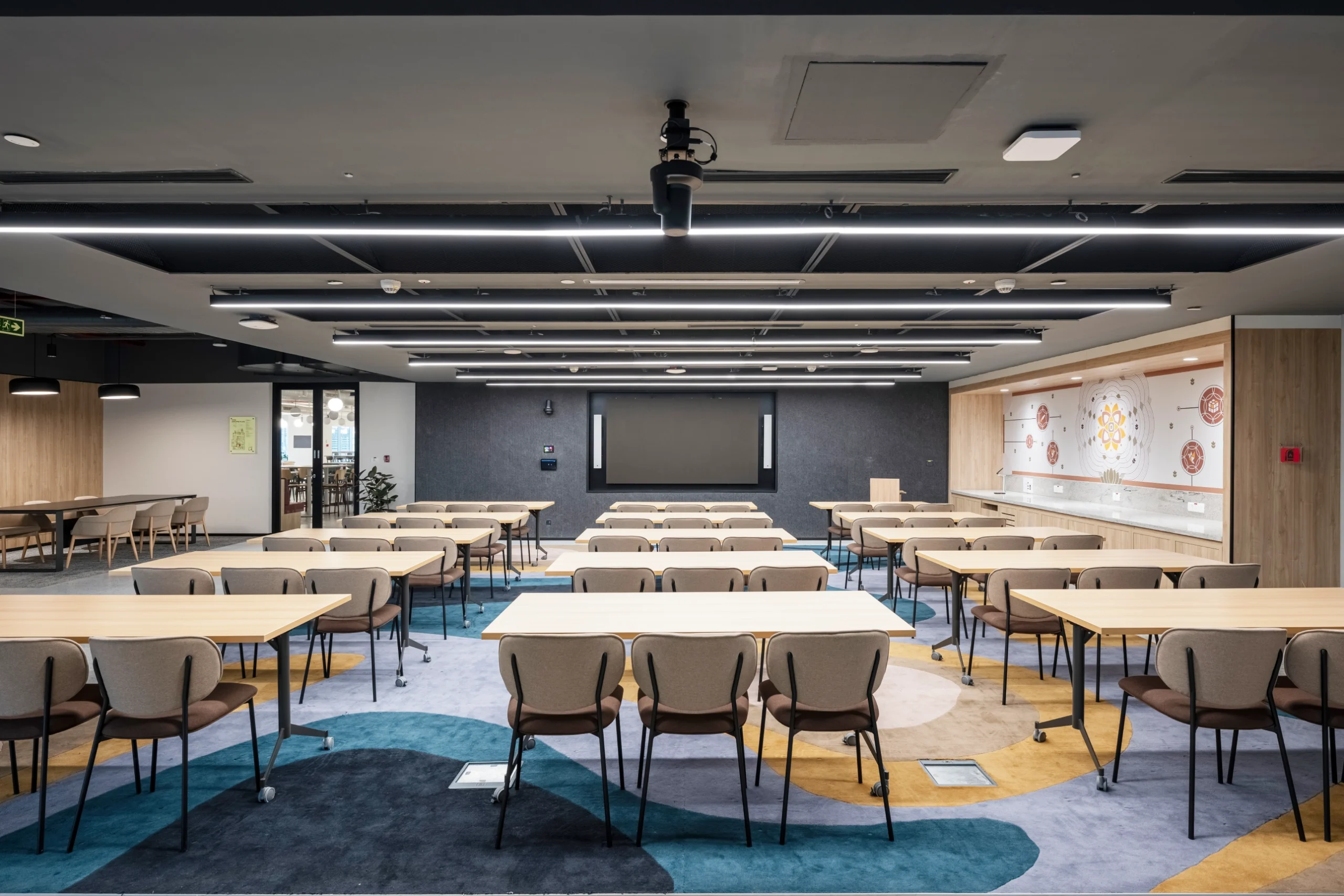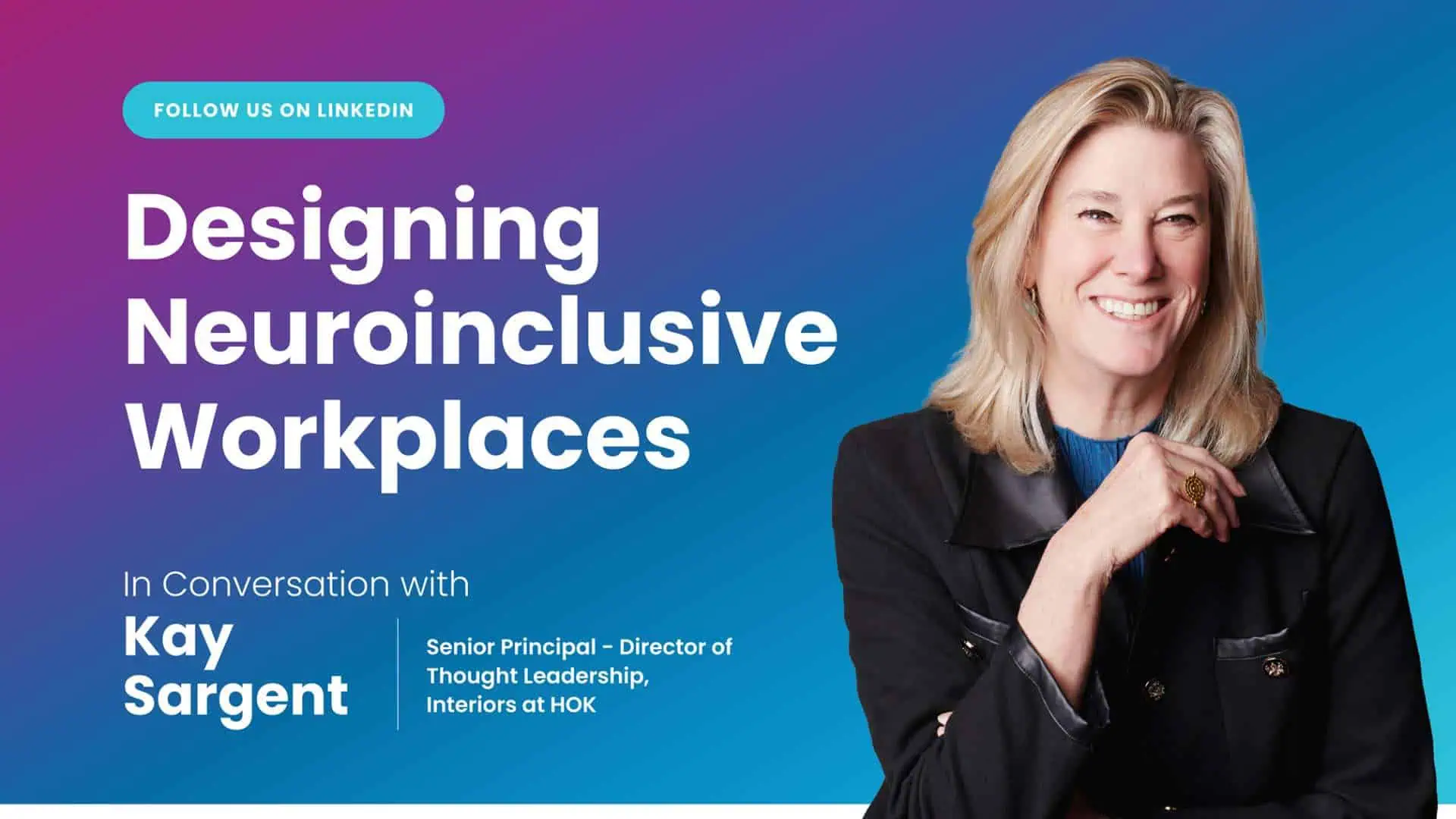Every business wants its brand to shine, gain financial success and prosper in the global market. But what is it that drives a brand on the path to success? People, yes! People help brands to thrive and grow. Brand positioning is successful only when its people can resonate with the brand’s message and value. So, the next question is how can businesses turn their employees into flag bearers of their brand?
Do you think a child care brand can grow if its own offices do not offer child care spaces? Can a wellness brand sell enough if its own work environment is toxic? Give people the same value at work as the value you are trying to sell. Give people what they need to feel engaged at work, and no, it’s not just the paycheck! Give people the purpose, the motivation and the space as well.
Employee Engagement Theories
Treat people with empathy, give them respect and help them to achieve fulfilment. While the bottom line is to engage people, the meaning of fulfilment can vary in different parts of the world. The strategy used by a brand to engage people in the USA cannot be the same in India. Thus, understanding the global workforce is necessary to make a mark in the global market.
Here are some renowned employee engagement models that we at Zyeta studied as a part of our series- Understanding Global Workforce Engagement.
Maslow’s Model
Formulated by Abraham Maslow under his study- A Theory of Human Motivation, this model speaks of a five-tier model of human needs. It states that the basis of human fulfilment is based on 5 factors-
- Physical
- Safety
- Social
- Esteem
- Self-actualization
The better these needs are fulfilled, the better motivation is achieved among the workforce. This suggests that to be creative and to outperform at the workplace, employees need to have a sense of belonging and have an alignment with their purpose.
The Kahn Model
William Kahn, an organizational psychologist identified three core factors of employee engagement – physical, cognitive and emotional. These three factors revolve around 3 major qualities that must be translated into the workplace-
- Meaningfulness: Is the workforce able to find their purpose at work?
- Safety: Are people able to express themselves freely at the workplace?
- Availability: Are employees able to efficiently dedicate themselves mentally and physically?
The AON-Hewitt Model
The AON-Hewitt model enlists 6 basic drivers that help in achieving employee engagement for organisations. These drivers are:
- Basics – pay, benefits, job security, work environment, work-life balance
- Work – tasks, accomplishments, empowerment, autonomy, collaboration
- Company practices – diversity and inclusion, communication, talent, staffing, enabling infrastructure
- Brand – reputation, corporate social responsibility, employee value proposition
- Leadership – accessibility, direction
- Performance – career opportunities, learning and development, performance management, people management, rewards and recognition
While the gist of these modules will remain the same irrespective of the region, the sub-factors might differ, and brands that can identify these varying needs of different employees are destined to win in the global market.
Building an Engaged Workforce
Now, to use these modules, businesses must first have a thorough understanding of their workforce and their motivation levels. Here are some practices that can help brands to analyze their workforce across the globe
Effective Communication

Collaboration: Brainstorming Sessions
Even the oldest concepts of marketing state that communication is the key. Just as we communicate our brand value to potential customers, it is equally important to communicate the brand internally.
Workplaces must not only visually communicate the branding but also cater to provide the right environment to help people, discuss, collaborate and feel being a part of the plan.
Effective Connection
While collaborating with global teams, understanding each other’s expressions, gestures and personalities are of utmost importance. It is not always possible for global teams to meet up. Thus, offices must be well designed to accommodate hassle-free video conferencing and virtual meetings.
Effective On-boarding

Globally Diverse Teams
Geographical barriers must not create barriers to hiring teams internationally. The ‘One size fits all’ approach can never work when brands are looking to on-board people from different regions. Equal is not always equitable and therefore brand must make an initiative to understand and empathize with local cultures and practices.
All in All
It is a known fact that employment challenges and employer practices vary across the world but it is apparent that an engaged workforce can make an enormous difference to any organization albeit their geographic location. Programs and Policies that are modified to the needs of the society, that support the interest of every individual can boost pride, commitment and imbibe loyalty in individuals. This results in employees reciprocating with efforts that provide high-quality end products and fruitful returns.








